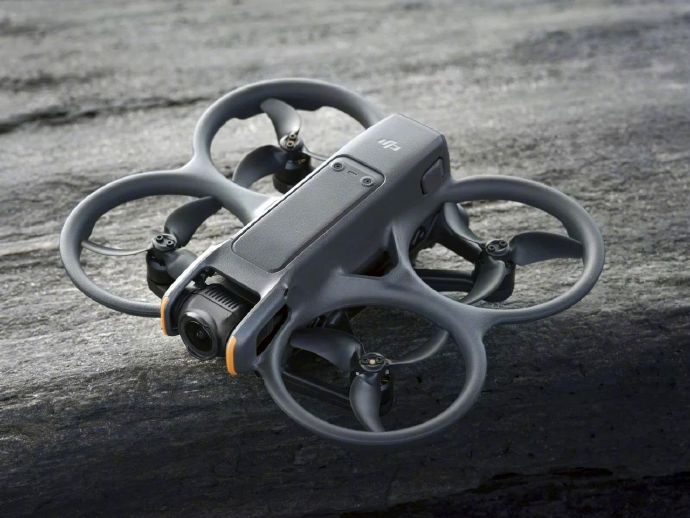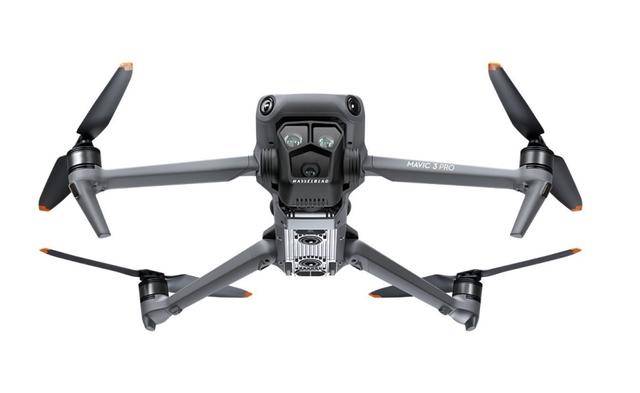The rise of drones in the USA has been nothing short of remarkable, with technological advancements driving significant changes across industries. In recent years, drones have shifted from military applications to become central to numerous civilian sectors. Drone technology, now widely accessible, has transformed fields such as agriculture, logistics, real estate, and filmmaking. This growth spearheaded by innovations in drone design and functionality raises crucial discussion points on their impact and future trajectory.

The Evolution of Drone Technology
Drones, initially developed for military use, have undergone extensive evolution. Today, they serve varied purposes, from surveying landscapes to delivering packages. The USA leads in deploying drone technology commercially, thanks to favorable regulatory frameworks that encourage innovation. A pivotal moment for drones was the Federal Aviation Administration’s (FAA) decision to ease restrictions, allowing more businesses to utilize these unmanned aerial vehicles (UAVs).
Applications Across Industries
Agriculture sees drones driving efficiency with tasks such as crop monitoring and precision spraying, contributing to sustainable farming practices. Meanwhile, drones have revolutionized logistics, offering quicker delivery services and enhancing inventory management. Real estate professionals leverage drones to capture aerial shots for marketing purposes, highlighting properties in novel ways. In filmmaking, drones provide filmmakers with creative freedom to capture sweeping landscapes and intricate action sequences. Each sector witnesses drones enhancing capabilities, reflecting the transformative potential of this technology.
Challenges and Concerns
Despite the positive impacts, drones in the USA face challenges. Privacy concerns have escalated, with drones equipped with high-resolution cameras posing threats to individual privacy. Legislation seeks to balance innovation with rights protection, prompting debates around ethical drone usage. Security risks, particularly around unauthorized drone flights near sensitive areas, require robust measures to ensure safety without stifling technological advancement.
The Future of Drones
The future of drones in the USA appears promising, driven by technological advancements such as AI integration and enhanced battery life. Artificial intelligence enables drones to process vast amounts of data, offering intelligent responses to complex scenarios. Meanwhile, improved battery technology promises extended flight times, allowing drones to undertake lengthy missions without interruption. The prospect of urban air mobility, where drones serve as passenger vehicles, highlights futuristic visions of drone integration.
- What regulations govern drones in the USA?
Regulations are primarily managed by the FAA, which oversees the safe operation of drones, including restrictions on flight in certain zones and permission requirements for commercial use. - How are drones enhancing agriculture?
Drones contribute by offering precise monitoring and intervention capabilities, helping farmers manage crops more effectively, thereby increasing yield and reducing environmental impact. - Can drones become passenger carriers in the future?
Yes, with advancements in technology and safety standards, there is a possibility that drones may evolve to transport passengers as part of urban air mobility initiatives.
